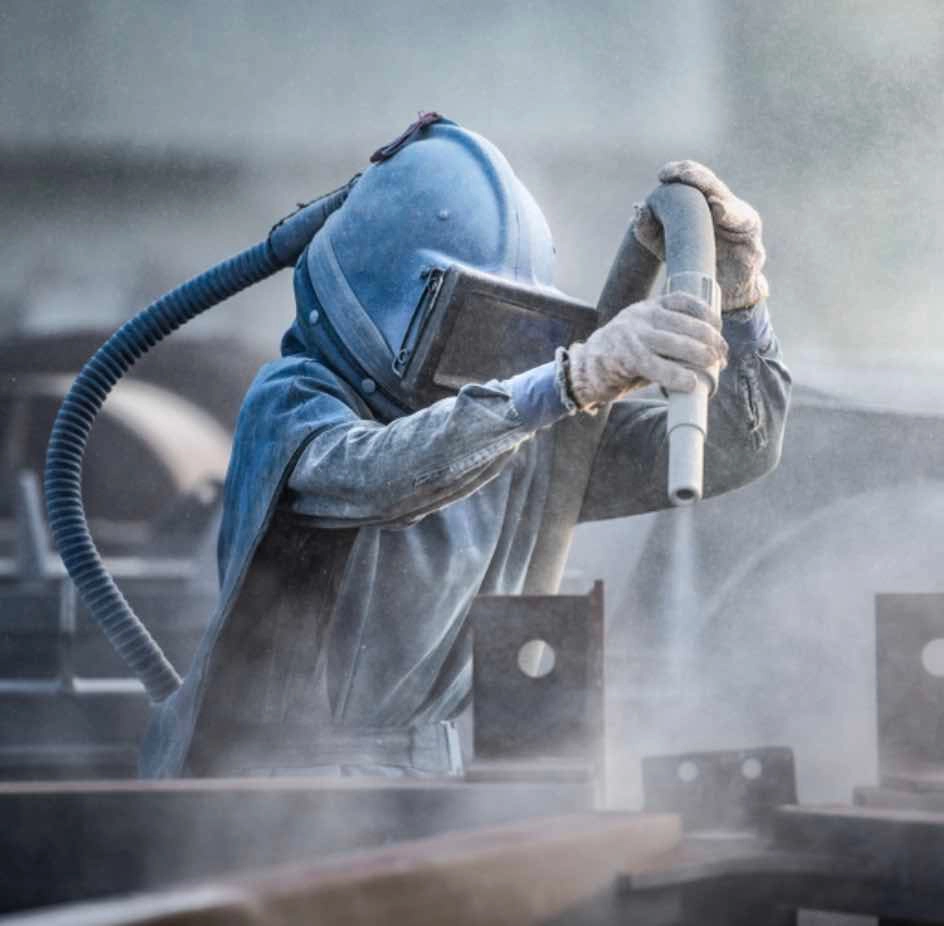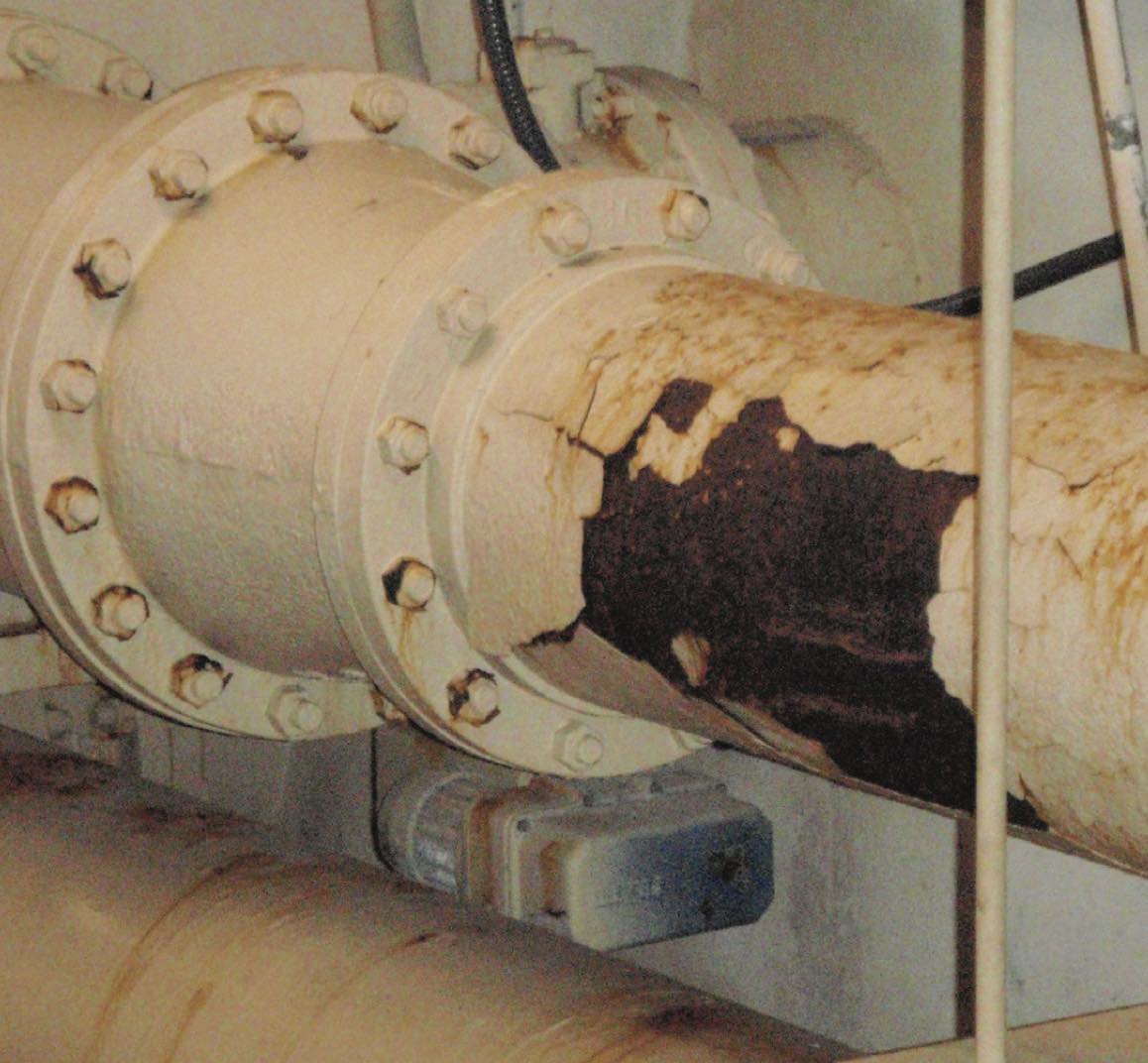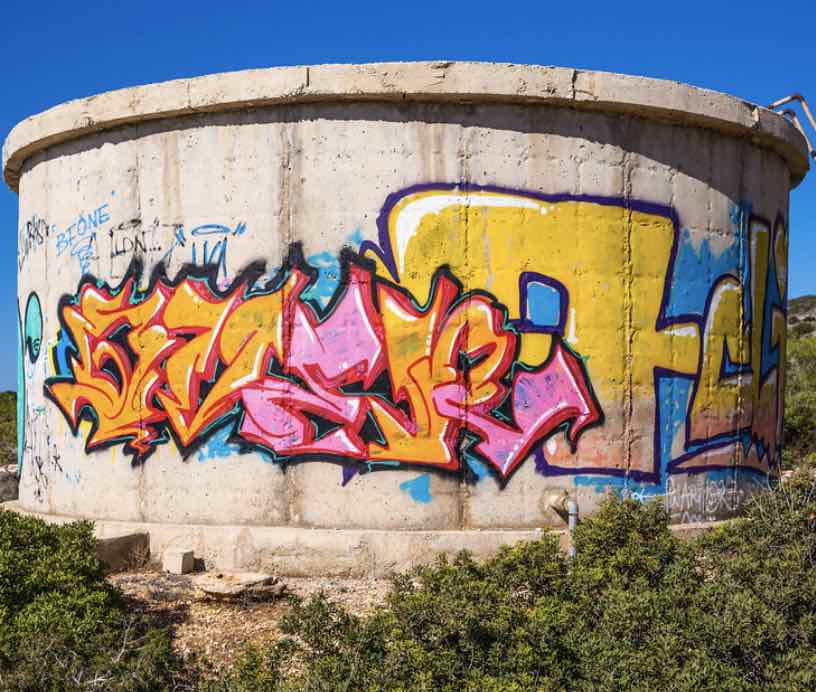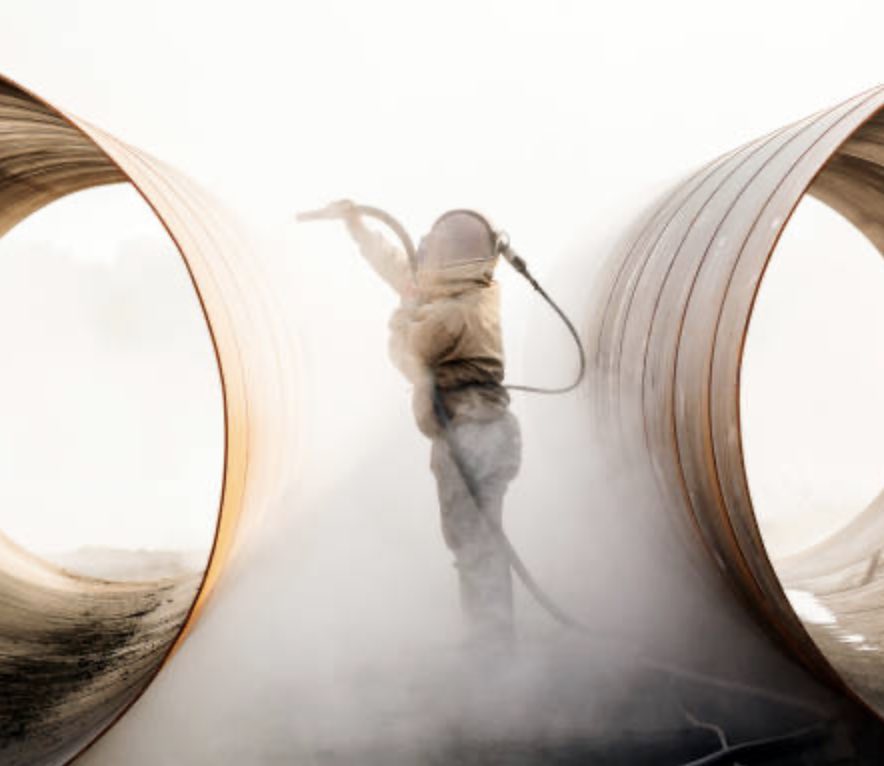
Different Sandblasting Medias and Where They are Used
Sandblasting media is the material used in the sandblasting process to remove surface contaminants, smooth out rough surfaces, and surfaces for coatings.
- High Performance Coatings
Sandblasting media is the material used in the sandblasting process to remove surface contaminants, smooth out rough surfaces, or etch designs onto surfaces. Here are some of the different types of sandblasting media and their common uses:
- Silica Sand is the traditional media used in sandblasting, hence the name. It is a natural abrasive that is inexpensive and readily available. Sand is best used on hard surfaces like metal, concrete, and masonry. However, sandblasting with sand can create dust and pose health hazards to workers, so alternative media are often used.
- Dry ice is a non-abrasive, environmentally friendly, and highly effective cleaning method that uses dry ice pellets as the blasting media. The dry ice pellets are made by compressing and freezing carbon dioxide gas, and they are then propelled at high speeds onto the surface to be cleaned. Dry ice will not create a profile and should be considered a dust free method of cleaning only.
- Glass beads are made from glass and are spherical in shape. They are a popular choice for sandblasting because they are gentle on the surface being treated and do not create dust. They are commonly used for cleaning and peening metal surfaces, as well as removing surface imperfections.
- Aluminum oxide is a hard, durable, and long-lasting abrasive. It is commonly used for surface preparation before painting or coating. It can be used on a variety of surfaces, including metal, glass, and plastic.
- Steel grit is a sharp-edged abrasive made from hardened steel. It is commonly used for removing rust and scale from metal surfaces, as well as for creating a rough texture for better adhesion of paint or coating.
- Walnut shells are a natural abrasive that is environmentally friendly and non-toxic. They are commonly used for cleaning and polishing delicate surfaces like wood, plastic, and fiberglass.
- Plastic media is made from various types of plastic and is used for gentle surface preparation and cleaning. It is commonly used for removing coatings, contaminants, and rust from metal surfaces without damaging the surface.
- Copper slag is a byproduct of copper production and is a relatively hard and dense abrasive. It is commonly used for cleaning and roughening surfaces before coating or painting, as well as for removing rust and old coatings. Copper slag can be expensive and may pose a health risk to workers due to its potential to release hazardous dust.
- Coal slag is a byproduct of coal-fired power plants and is a relatively inexpensive and readily available abrasive. It is commonly used for removing rust, paint, and other coatings from metal surfaces, as well as for blasting concrete surfaces. Coal slag may be less effective for heavy-duty applications and also poses health risks.
- Garnet blast media is a natural mineral abrasive that is relatively hard and durable. It is commonly used for surface preparation before painting or coating, as well as for removing rust, scale, and old coatings from metal surfaces. Garnet blast media is also often used for sandblasting wood, fiberglass, and other delicate surfaces. Garnet blast media is less likely to produce dust than other mined medias.
- 10x superoxalloy abrasives are an engineered alloy of oxide minerals created through highly controlled formulation and tempering. This process creates non-crystalline (amorphous) particles that resist breakage under stress of high-speed mechanical impact, which substantially reduces dust and increases efficiency at the nozzle. It is commonly used for surface preparation before painting or coating, as well as for removing rust, scale, and old coatings from metal surfaces. Due to the molecular makeup, 10x superoxyalloy will not embed in the substrate which reduces flash rusting for days, if not weeks and due to its clean nature, it is considered much safer for workers than most mined blast medias.
When selecting sandblasting media, it is important to consider the type of surface being treated, the desired level of profile, and the safety concerns of workers and the environment. It is best to consult with a professional consultant like High Performance Coatings, to determine the best media for your specific needs.
Check out these additional resources
The Importance of Surface Preparation

Surface Tolerant Coating Applications
Surface Tolerant Coatings Benefits for Corrosion...

Do High Performance Coatings Provide Graffiti...
High-performance coatings can offer anti-graffiti...

Is Surface Preparation the Most Important Part of...
Surface preparation is critical when using...